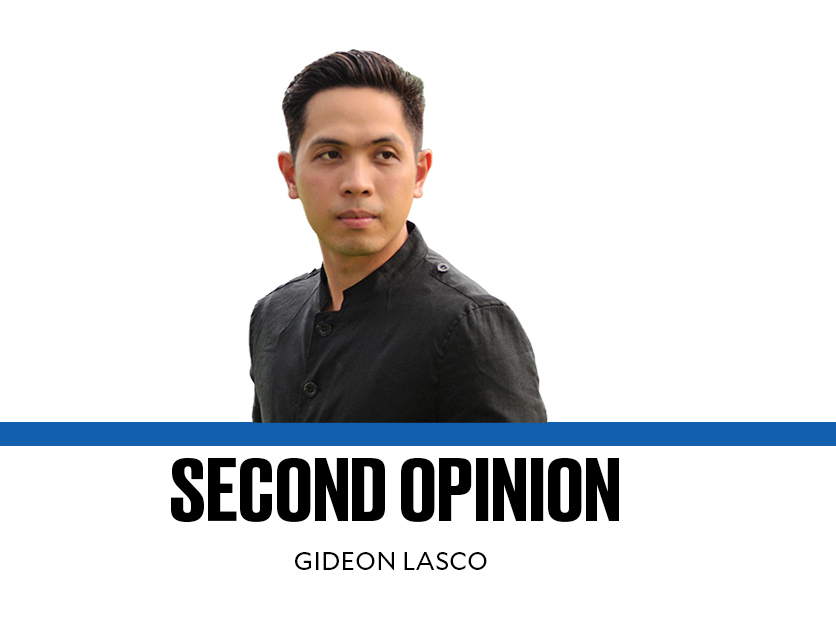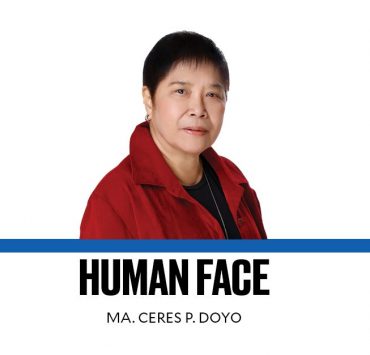Defense of the ‘aspin’

When—in a now-viral incident—the Balay Dako restaurant in Tagaytay turned away an “aspin” named Yoda, they were re-enacting a longstanding bias against local dog breeds in favor of foreign ones. “Ano pong breed nya?” pet owner Lara Antonio claimed she was asked, when she sought an explanation.
Dogs have been in the country for a very long time, and they appear to have been valued companions. In a 2018 paper published in the International Journal of Osteoarcheology, Timothy Vitales of the National Museum of the Philippines noted how dogs were buried alongside humans in a 12th- to 15th-century Common Era gravesite in Manila—and we have evidence from the epics, like the hero Lam-ang of having a magical gray dog.
As the historian Ian Christopher Alfonso writes in the commendable “Dogs and Philippine History” (2023), such esteem for local dogs persisted during the colonial period, but eventually—especially from the 19th century onwards—dog breeds began to fall under a hierarchy that curiously and unfortunately mirrored the ways in which human “races” were categorized. As I wrote in a SAPIENS essay back in 2021:
“Colonizers brought with them the idea of valuing ‘purebred’ dogs, which had emerged in England during the Victorian period, around the same time as the rise of scientific racism. Advocates of these ideas held that some dogs had fixed breeds or lineages and that these ‘pure and ancient’ breeds were superior to ‘mongrels.’ Popular breed designations, however, were based on arbitrary characteristics perpetuated by invented classifications and breeding practices.”
During the American period, moreover, as I wrote in the same piece, “Filipinos were exoticized and pejoratively described as ‘dogeaters’—a racist label that still informs the Filipino American experience today. It serves as a reminder that relationships between humans and dogs vary considerably across different places and times—but those in power often determine which kinds of interspecies relationships are considered acceptable.” (Interestingly, Donald Trump is resurfacing similar dog-eating attacks toward Haitian immigrants today).
Today, as the Balay Dako incident shows, such perceptions persist—and so does a hierarchy of dog breeds. However, as the strongly negative responses toward the incident shows, there is also a marked shift in people’s attitudes toward local dog breeds.
The term “aspin” itself—a neologism that has replaced “askal”—is a sign that more people are embracing the “street dogs” (i.e., “asong kalye”) as dogs of our own (i.e., “asong Pinoy”). Curiously, people have been quick to ascribe Filipino characteristics to the aspin, from being affectionate and resourceful to their size relative to the bigger, foreign breeds.
Veterinarians, like my esteemed mentor Michael Tan, would be quick to add that aspin are best adapted to our climate and the only reason why imported breeds live longer is that they receive better care. As an anthropologist, professor Tan will surely also agree that like human races, dog breeds are far from “essential” or fixed; they are a product of cultural practices (e.g., literal breeding) so the response should not be a “more-than-human nativism” that pits dogs against each other, but inclusive approach that welcomes nonhumans of all stripes, including in restaurants that claim to be pet-friendly.
—————-
Personally, I’ve found great joy in living with aspin, from Fido and Brownie of my childhood days to the youngster Simba, who has coped well with the loss of his elders Newton and Grizzly—and is actually with me as I write this. The joy I’ve derived from our furry friends is backed by the scientific evidence, which resoundingly shows that pets are good for mental health and even for lowering blood pressure, among other health benefits.
At the same time, I’ve had the privilege of being accompanied by aspin in my hikes around the country, like Thunder of Mount Baloy Daku in Antique, who impressed us with his swimming skills across the many river crossings, or Chica of Mount Pulag in Benguet, who memorably accompanied me during my first hike up Luzon’s highest peak, back when I was 17. Upon reaching the summit, as my juvenile self wrote in my journal, “I shouted ‘Yes!’ at the top of my voice, happy in spite of the cloudy nothingness that enveloped me … Since she was my only companion, I patted Chica, who was wagging her tail, perhaps sharing the excitement I felt.”
While some dogs go on hiking adventures, however, far too many aspin today suffer from many challenges and deprivations—and not just being driven away from restaurants. As a recent Inquirer editorial pointed out (“Animal rights as humanity’s test,” 3/26/24), aspin and non-aspin alike are vulnerable to cruelty and abuse, not to mention living miserably especially in cities, owing to overpopulation, lack of protection, irresponsible pet ownership, and a dearth of animal health services.
If we are to continue living with one of our most valuable companion species, we must show dignity, respect, and care to each and every one of their kind.
—————-
glasco@inquirer.com.ph
Gideon Lasco, physician, medical anthropologist, and columnist, writes about health, medicine, culture, society, and in the Philippines.


















